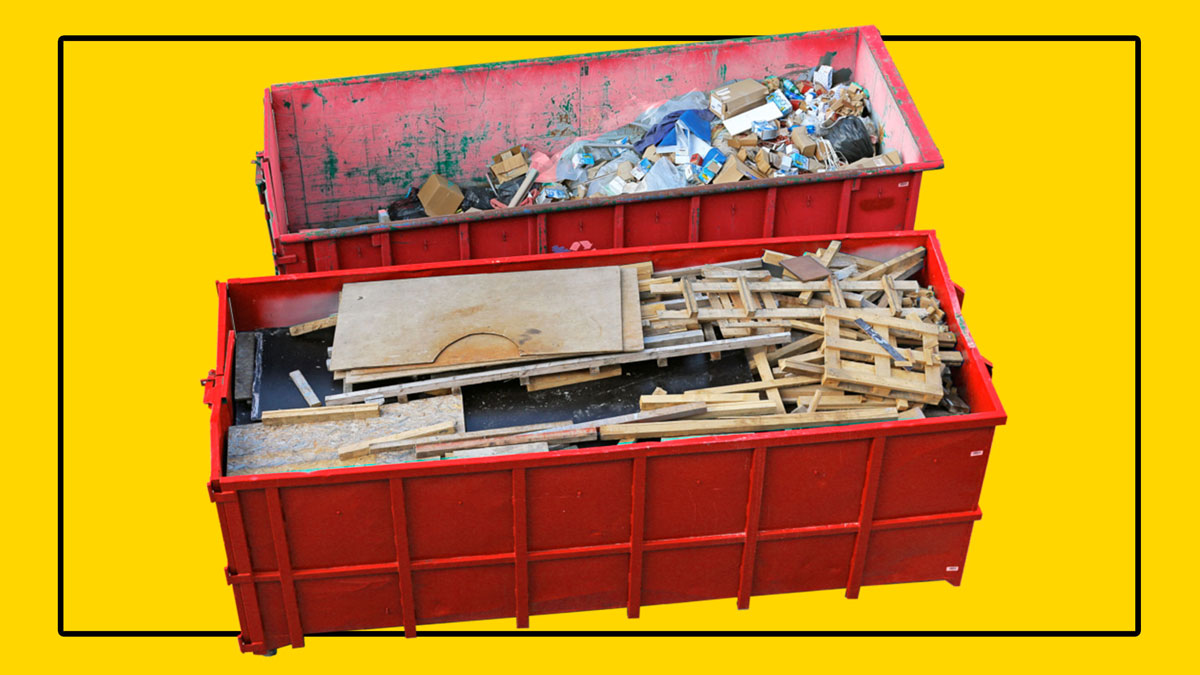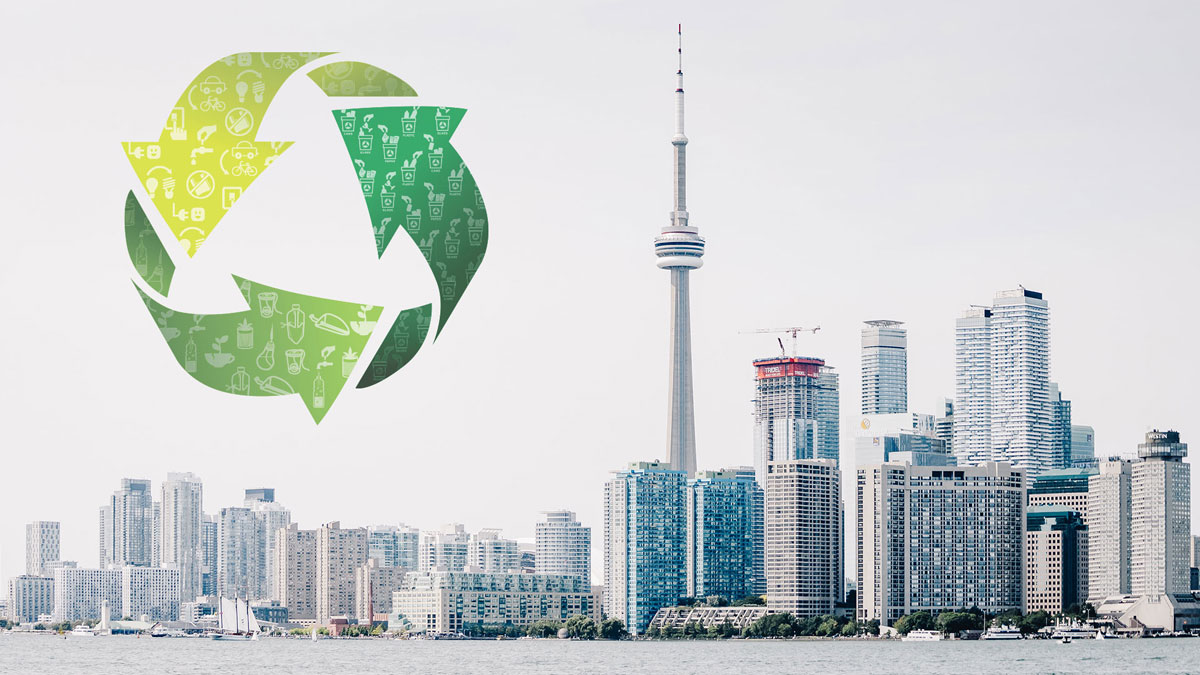Coronavirus is impacting virtually every industry. Every business category is either seeing its numbers fall in one way or another, or sizeable disruptions to business. Waste disposal and recycling are not excluded.
Is coronavirus a threat to recycling? How are waste management companies handling coronavirus waste? Could cross-contamination make the spread of the virus worse? How expensive could a disruption to waste management from coronavirus be?
These are all questions that deserve answers. While the coronavirus continues to worsen in countries from Canada to the other side of the Earth, it’s tough to predict the full extent of consequences. Here’s our take on where the relationship between recycling, waste, and the coronavirus are right now.
 |
How is Coronavirus Affecting Recycling and Waste Disposal in Canada – read here! |
At an international level, recycling is being affected by coronavirus. Facilities overseas are equipped with fewer staff. There are difficulties in shipping and transporting recycling and waste. Any growth in waste management and recycling has not only stalled but has lost steam compared to what was initially projected for the year.
Is it ‘business as usual’ in waste management?
At a local level, Canada is fortunate to not have the same level of outbreak as other regions. Garbage pickup, waste removal, and sorting haven’t really been impacted. In waste management, precautions are being followed. It is similar to what’s done to guard against flu influenza.
As of right now, even though coronavirus numbers are increasing in Canada, garbage pickup hasn’t been affected. If things worsen to an extreme degree, this could change. For the foreseeable future, waste pickup and disposal locally and domestically will continue as normal.
What is happening in China with coronavirus and recycling?
Even without coronavirus disruptions, China’s been undergoing a change in its waste and recycling culture. They are no longer accepting certain materials and not entertaining the purchase of others. Although China’s not the only one to blame on the reduced growth in recycling, they play a big influence internationally. What happens in China affects everyone.
Where are we supposed to bring our recycling?
Coronavirus is shutting down certain shipping routes and recycling methods, resulting in accumulations of materials with no place to go. Facilities in China, particularly with scrap recycling, are closed. The plastic recycling industry has several facilities shut down. There are scrapyards in India, among other places, refusing to accept recycling waste.
The Canadian recycling industry employs roughly 110,000 people. It is still very much early days with coronavirus in Canada. If things continue to worsen, it might be reasonable to expect recycling facilities are going to temporarily close and the result may be storage over processing. This is only speculation, of course. It is one possibility, however.
Canada does not have a self-sustaining recycling industry. We rely on other countries to assist in processing recycling. For years, the government’s been called on to expedite recycling development. It is moments like this where such a system would benefit us and our eco commitments.
How is coronavirus affecting waste collectors and sorting facilities?
Anyone working in waste management and recycling facilities is at high risk of contracting coronavirus. This is because they are physically touching the community’s waste. If multiple undiagnosed cases exist, the virus could go from a waste product transferred to the person collecting or sorting the waste.
Waste disposal professionals and sorters are heavily encouraged to practice excellent hygiene. Wear gloves. Disinfect immediately after the job is done. Do not touch your face during a shift and/or while handling waste. In some cases, it may be reasonable to wear a facemask to maximize avoidance of bacteria transfer.
Why Canada will probably make less money this year than last on its recycling
Recycling relies on markets. Without them, we can’t turn a profit. Without a profit, recycling is unjustifiable. Coronavirus could affect that – in a big way.
Until the pandemic is under control, there’s a high level of volatility in the market. Recycling materials that were once valuable could be reduced to significantly less. It could take time for everything to bounce back. Much like other elements of coronavirus’ impact on recycling, the extent of the consequences remains to be seen.
This will no doubt affect the construction and development of new recycling infrastructure. Economically speaking, this could set things back by a year or longer. Some estimates suggest coronavirus may not be adequately contained for a few more weeks in Canada. For the sake of the recycling industry, we hope it is weeks and not months.
How is coronavirus waste being handled?
Coronavirus waste, or any materials that have been in contact with a coronavirus-infected individual, is double-bagged and tied to prevent the spread of the virus. As it’s not an airborne virus, the objective of coronavirus waste is to simply prevent touching.
This directive of ‘double-bag and tied’ is being followed by hospitals and medical facilities. Coronavirus waste should be stored in a secure location not accessible by children or pets. Garbage is then assigned to the relevant container and category of waste.
Waste management companies handling this waste are thankfully very specialized. They are knowledgeable about the expectation around what’s to be done with this waste.
Thus far, no coronavirus transfers have been reported around waste disposal or recycling. For all intents and purposes, we don’t expect to see any.
As long as waste is adequately contained and those collecting are following the appropriate guidelines, there is no reason to believe garbage, recycling, or waste are ever going to be a problem as it relates to the spread of coronavirus.
Are you looking for recycling and waste disposal in the GTA? Contact Core Mini Bins. We offer dumpster and mini bin rentals, waste disposal, and more. We are responsible in handling waste, maximizing landfill diversion efforts and recycling efforts. There’s no reason you should have to settle for less than adequate waste management. We can help. Even with coronavirus raging, companies and households are still creating waste. We’re still offering services. The world is still turning. If you need garbage pickup and disposal, a mini bin rental, junk removal services, or more, reach out.








